Welcome to our latest blog on Vertical Farming! Today, we delve into an essential aspect of successful indoor agriculture: Pests and Disease Management. As vertical Farming gains popularity, it’s crucial to understand how to control, prevent, and treat potential threats to our crops. Join us as we explore effective strategies to safeguard our plants, ensuring optimal yields and healthy produce. From integrated pest management techniques to innovative prevention methods, we’ll cover it all simply yet comprehensively.
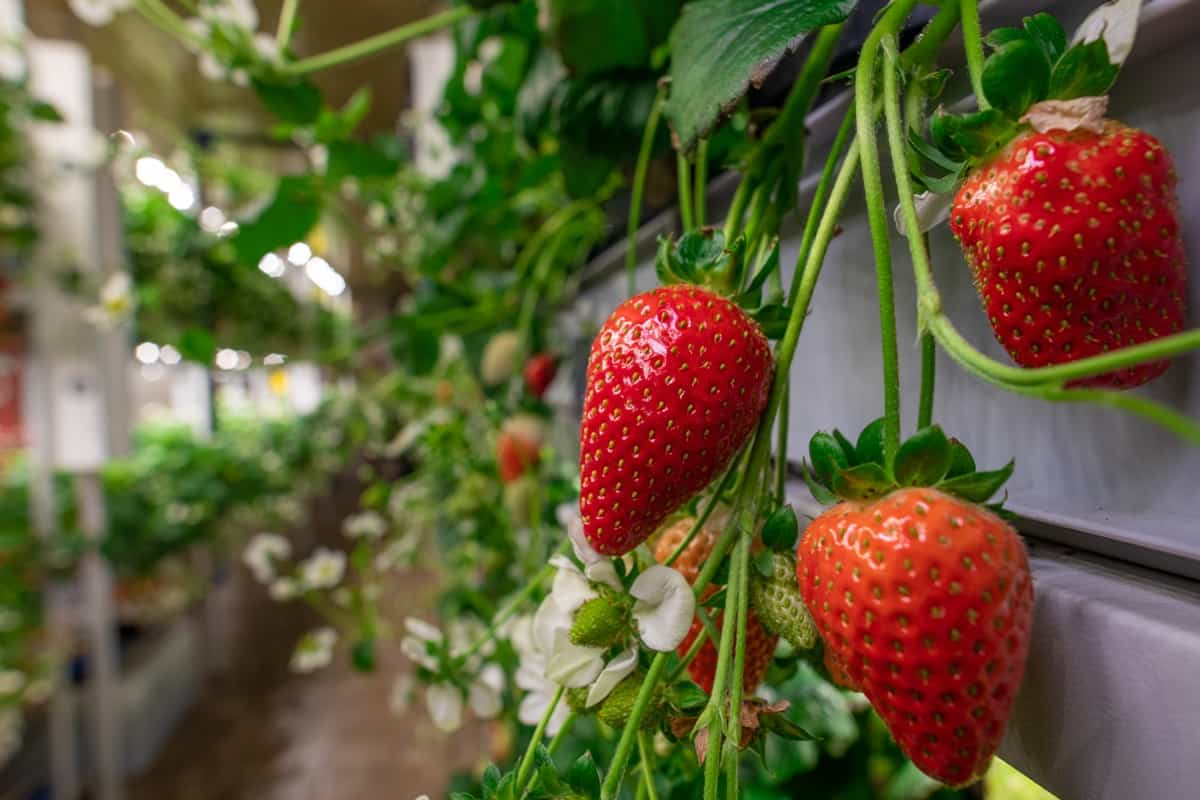
Management of Vertical Farming Pests and Diseases
What is Vertical Farming Pests and Disease Management?
Vertical Farming is an emerging approach in food production, aiming for sustainable intensification by maximizing yield per unit area through stacked crop growth in controlled environments. While still under scientific investigation, aspects like economic feasibility, system design, and production optimization are being evaluated. Pest and disease management in Vertical Farming poses unique challenges compared to conventional horticulture due to the movement of pests and beneficial insects between growth levels.
Vertical Farming and Global Food Security
- Growing population and climate change demand higher yields and increased sustainability.
- Vertical Farming offers an alternative food production system by Farming upwards, maximizing crop production per unit area.
- Despite early suggestions in the 20th century, modern vertical Farming uses advanced technology within controlled environments.
- Various approaches include green walls, vertical cylinders, and stacked horizontal beds.
- Vertical Farming is rapidly expanding globally, with Japan leading the sector.
- However, rigorous scientific investigation on vertical Farming still needs to be improved.
- Due to innovative production systems, pest and disease management in vertical Farming presents new challenges.
- Crop selection encompasses various horticultural species, requiring control of various pests and diseases.
Common Pests in Vertical Farming
- Aphids: Tiny insects that feed on plant sap, causing wilting and stunted growth.
- Spider Mites spin webs and suck plant fluids, leading to yellowing and leaf drop.
- Whiteflies: Small, white insects that damage plants by sucking sap and transmitting diseases.
- Thrips: Slender insects that pierce plant cells, causing distorted leaves and silvering.
- Fungus Gnats: Nuisance pests that lay eggs in moist soil, potentially harming plant roots.
- Caterpillars: Larvae of butterflies and moths that chew leaves and tunnel into fruits.
- Mealybugs: Cotton-like pests that sap plant nutrients and secrete honeydew, promoting mold growth.
- Scale Insects: Tiny immobile pests that weaken plants by sucking sap from stems and leaves.
- Leaf Miners: Larvae that create tunnels within leaves, impairing photosynthesis and growth.
Disease Management in Vertical Farming
Disease management in Vertical Farming is essential for maintaining healthy crops and optimizing yields. Key strategies include cleanliness and sanitation, crop rotation, resistant varieties, quarantine, controlled environment, integrated pest management, water management, biological controls, pruning and thinning, and early detection and action.
In case you missed it: How to Craft a Successful Vertical Farming Business Plan
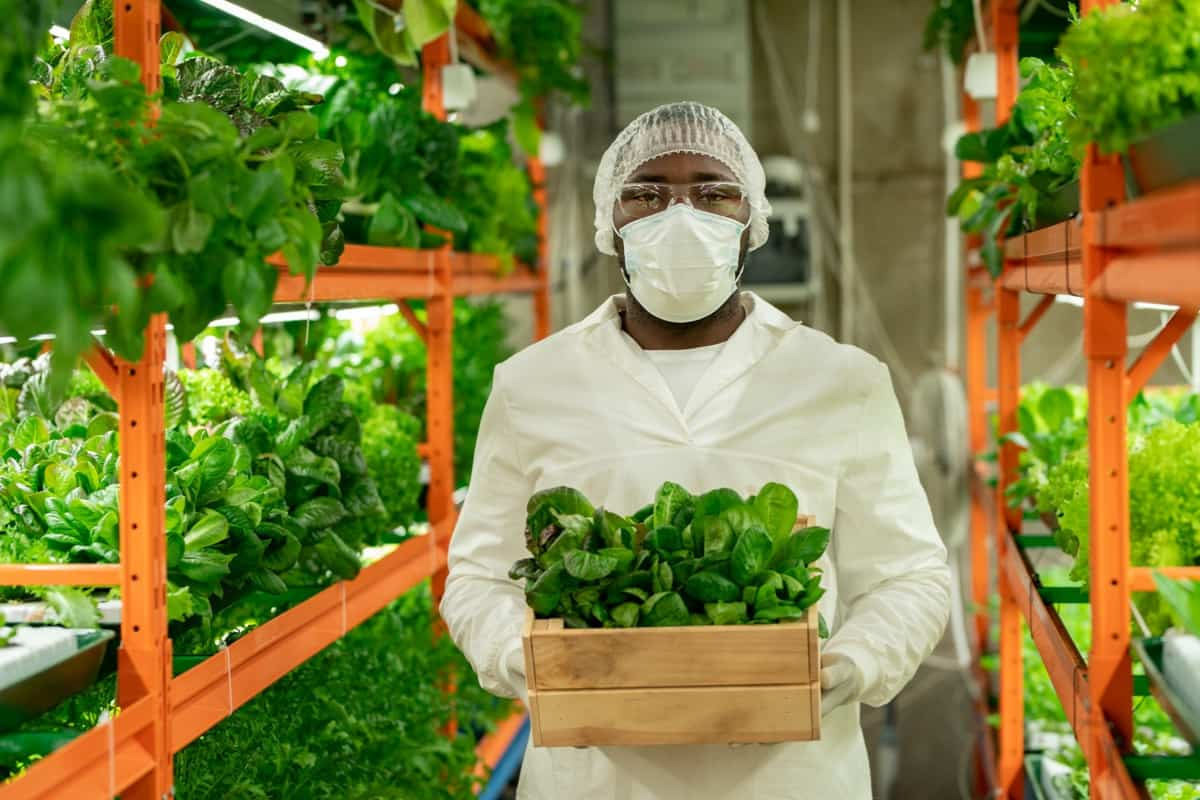
Regular cleaning and disinfection of the growing environment, crop rotation, and selecting resistant plant varieties promote a diverse ecosystem. Choosing plant varieties with natural resistance to common diseases and ensuring quarantine isolates new plants ensures disease-free growth.
Pest Control Methods for Vertical Farms
Vertical Farms require effective pest control strategies to ensure successful indoor agriculture. These strategies include physical barriers, biological controls, Integrated Pest Management (IPM), traps and lures, sanitation, regular monitoring, natural repellents, selective pesticides, companion planting, and environmental control. Physical barriers, biological controls, and IPM are essential for preventing pests from entering the growing area.
Integrated Pest Management (IPM) combines various control methods to minimize pesticide use. Traps and lures attract and capture pests, while sanitation keeps the growing environment clean and debris-free. Regularly monitoring and using natural repellents, selective pesticides, and companion plantings help deter invaders. Environmental control ensures optimal temperature, humidity, and ventilation to discourage pest proliferation.
Preventing Pests in Vertical Farming Systems
Preventing pests in Vertical Farming Systems is crucial for crop health and productivity. Effective strategies include starting with clean stock, maintaining a controlled environment, quarantining new plants, maintaining sanitation, crop rotation, biological controls, exclusion methods, regular monitoring, proper water management, and training staff.
By implementing these measures, growers can establish a robust defense against pests, leading to healthier plants and higher crop yields. By implementing these measures, vertical farming systems can create a natural balance in the ecosystem and prevent pests from entering the growing area.
Integrated Pest Management in Vertical Agriculture
Integrated Pest Management (IPM) is a crucial approach in vertical agriculture to manage pests while effectively minimizing reliance on harmful pesticides. It involves a holistic approach, considering the entire vertical farming ecosystem, including crops, pests, and beneficial organisms.
In case you missed it: How Vertical Farming Reduces the Carbon Footprint and Improves Sustainability
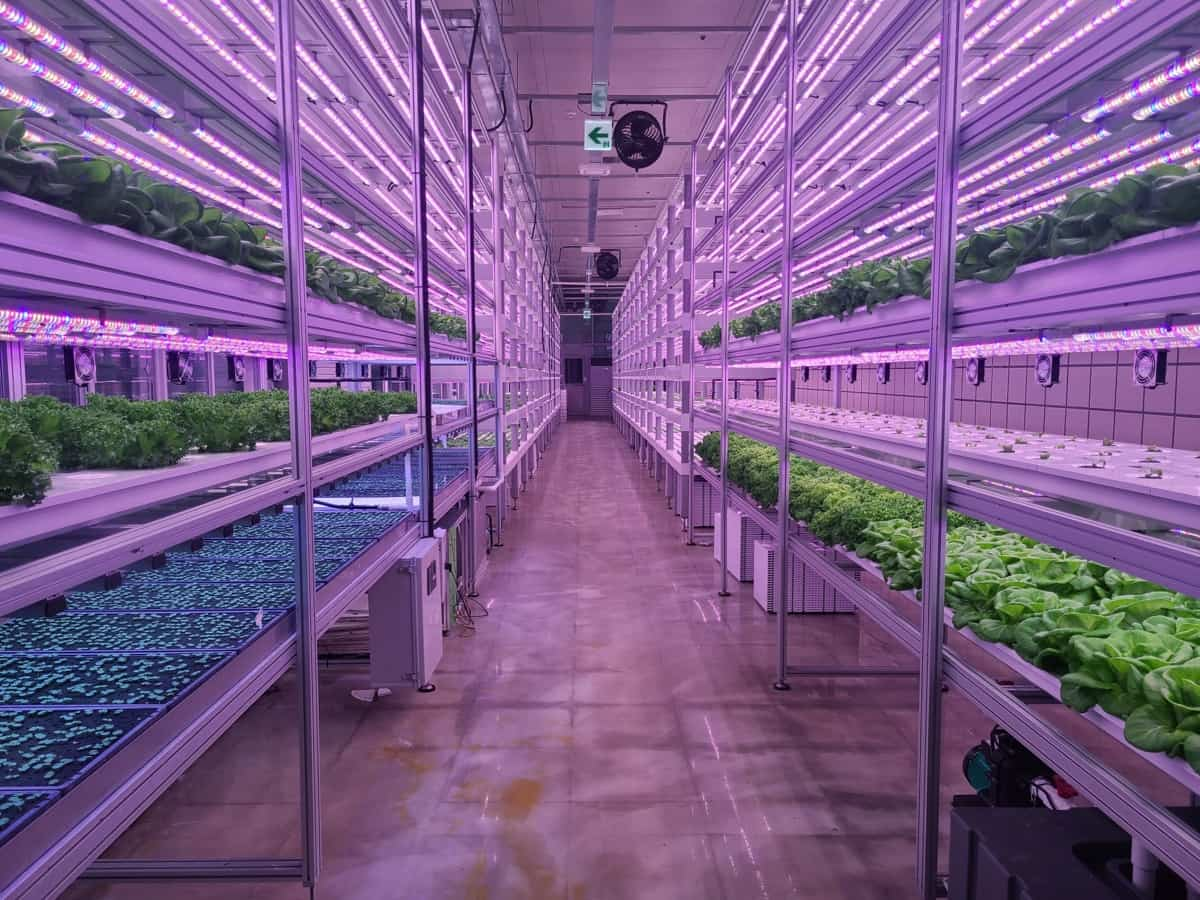
IPM involves monitoring crop health, setting action thresholds, implementing cultural practices, biological control, mechanical control, and chemical control as a last resort. Regular evaluation and education ensure proper implementation, while IPM promotes a sustainable and environmentally friendly approach to pest management. By employing IPM, vertical farmers can maintain healthy crops, minimize pest damage, and reduce environmental impact, contributing to the success and sustainability of the vertical agriculture system.
Organic Pest Control for Vertical Farms
Organic pest control methods are essential for sustainable and eco-friendly vertical Farming. These techniques include biological controls, neem oil, diatomaceous earth, insecticidal soaps, garlic and pepper sprays, companion planting, sticky traps, physical barriers, beneficial nematodes, and handpicking.
By incorporating these methods, vertical farmers can promote a healthier environment and protect crops without relying on harmful chemicals. This approach aligns with sustainable farming principles, ensuring a thriving system prioritizing productivity and ecological balance.
Biological Control of Pests in Vertical Farming
Vertical Farming offers an eco-friendly method for managing insect populations through biological control. Beneficial insects include ladybugs, lacewings, parasitic wasps, nematodes, predatory mites, praying mantisses, hoverflies, predatory beetles, and entomopathogenic fungi. These insects naturally prey on pests, controlling their populations and maintaining a healthy crop environment. Farmers can reduce chemical pesticides by incorporating biological control methods, promoting sustainable agricultural practices, and maintaining a healthy crop environment.
Chemical Treatments for Diseases in Vertical Farms
Chemical treatments for diseases in Vertical Farms can effectively manage plant pathogens but should be cautiously approached due to potential environmental and human health impacts. Common treatments include fungicides, bactericides, and virucides. Systemic chemicals provide internal protection, while contact chemicals form a protective barrier on the plant surface.
Chemical treatments should be part of an integrated disease management strategy that includes cultural practices, biological controls, and resistant crop varieties. Applying chemicals preventatively or at the early stages of disease development enhances their effectiveness. Proper dosing is crucial to avoid negative impacts on plant health and the environment. Rotating chemicals can prevent resistance development in pathogens by rotating between different chemical groups.
Adhering to label instructions is essential for the safe and effective use of chemical treatments. Regular monitoring is crucial for identifying disease outbreaks and implementing chemical treatments when necessary. While chemical treatments can be valuable tools, their judicious use and integration with other disease management methods are essential for sustainable and successful disease control in Vertical Farms. Prioritizing environmentally friendly and low-toxicity options is essential.
Preventing Plant Diseases in Vertical Agriculture
Farmers should start with healthy plants, rotate crops, maintain a controlled environment, and manage water to ensure optimal yields and sustainable food production. Balanced nutrition, resistant varieties, beneficial microorganisms, quarantine, monitoring, early detection, integrated pest management (IPM), and reducing plant stress are essential for disease prevention in Vertical Agriculture. Farmers can safeguard their crops, achieve optimal yields, and promote sustainable food production by incorporating these methods.
In case you missed it: 17 Key Rules for Effective Vertical Farm Management: From Planning to Reducing Production Cost
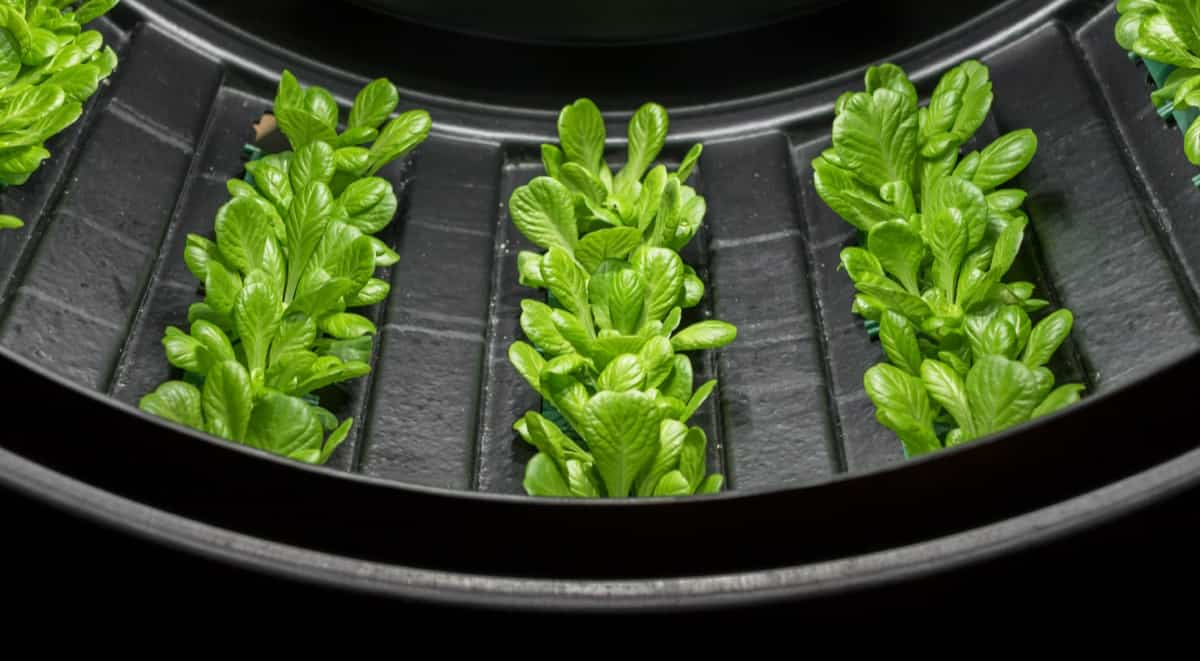
Managing Fungal Diseases in Vertical Farming
Fungal diseases pose significant threats to vertical farming systems. To manage fungal diseases effectively, vertical farmers should maintain a clean and hygienic growing environment, ensure proper ventilation, manage temperature, select resistant varieties, employ biological controls, use fungicides, avoid overwatering, use drip irrigation, rotate crops, and quarantine new plants or materials before introducing them.
Common fungal diseases in vertical Farming include powdery mildew, botrytis (gray mold), and fusarium wilt. Vertical farmers can effectively manage fungal diseases and maintain a healthy and productive indoor farming system by implementing these strategies and staying vigilant. Resistant varieties, beneficial microorganisms, and fungicides can help create an environment less favorable for fungi.
Controlling Insect Pests in Indoor Vertical Farms
Indoor vertical farms must effectively control insect pests to ensure healthy and productive crops. Effective methods include biological control, Integrated Pest Management (IPM), exclusion methods, sanitation, selective pesticides, companion planting, UV light traps, neem oil, beneficial nematodes, vacuuming, monitoring, and air filtration.
By introducing beneficial insects, combining multiple pest control strategies, and using physical barriers, indoor vertical farms can create a healthy and pest-resistant environment for their crops. Early detection and proactive management are essential for a successful and sustainable vertical farming system. By implementing these methods, indoor vertical farms can create a healthy and pest-resistant environment for their crops.
Preventing Viral Infections in Vertical Farming Systems
Preventing viral infections in Vertical Farming Systems is crucial for safeguarding crops and maintaining a healthy indoor agricultural environment. Effective strategies include quarantine and testing, using virus-free plant material, sanitation, biological controls, resistant varieties, vector control, monitoring and early detection, and crop rotation.
These measures ensure that new plants are virus-free and prevent potential infections. Using certified virus-free plant material and maintaining a clean and hygienic growing environment can also help prevent virus transmission. Additionally, selecting resistant varieties and managing insect vector populations can help reduce the risk of virus transmission.
Regular inspections and crop rotation can also help break the virus life cycle and minimize soil buildup. By integrating these preventive measures into Vertical Farming Systems, growers can effectively reduce the risk of viral infections and promote a sustainable and productive indoor agriculture system.
Minimizing Bacterial Diseases in Vertical Farms
Minimizing bacterial diseases in Vertical Farms is crucial for ensuring healthy crop production. Effective strategies include maintaining a clean environment, using proper water management, selecting disease-resistant plant varieties, treating seeds with fungicides or hot water, quarantining and biosecurity, introducing beneficial microbes, monitoring, and early detection, providing balanced plant nutrition, pruning and sanitizing, and adopting Integrated Pest Management (IPM) strategies.
In case you missed it: Vertical Farming in the USA: How to Start, A Step-By-Step Guide for Beginners
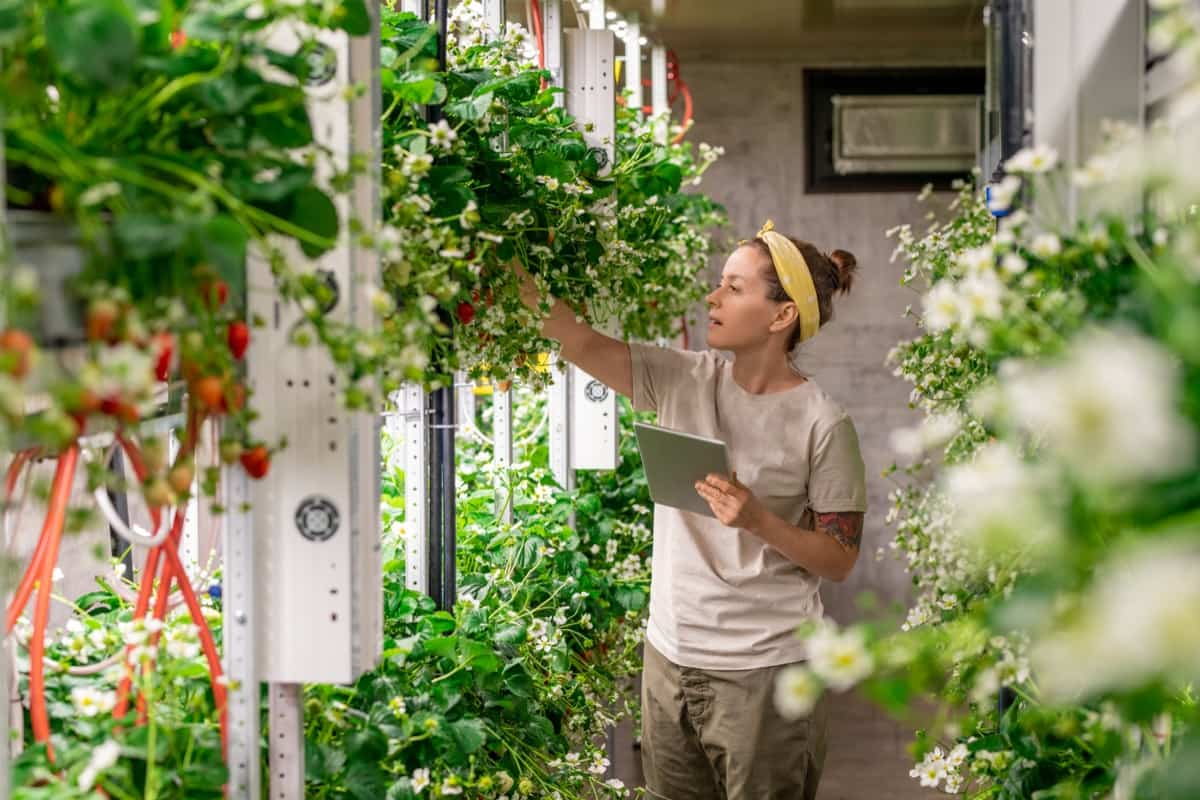
These strategies help control insect vectors and bacterial pathogens in the vertical farm, ensuring healthy crop production. Regular inspections of lettuce crops for wilting or leaf discoloration can help detect bacterial diseases. Plant nutrition, such as calcium, can strengthen plant defenses against bacterial attacks. Pruning and sanitation are essential for maintaining a clean growing environment and preventing bacterial diseases. Implementing IPM strategies can help control insect vectors and bacterial pathogens in the vertical farm.
Innovative Approaches to Pest and Disease Management in Vertical Farming
Vertical Farming is a sustainable and productive indoor agriculture system that utilizes innovative pest and disease management techniques. These include biocontrol agents, biological sprays, smart sensors and AI, trap cropping, vertical air curtains, precision farming, insect-repellent films, hydroponic systems, UV-C sterilization, and predictive analytics.
Biocontrol agents introduce beneficial organisms to control pests, while biological sprays use organic solutions derived from fungi, bacteria, or plant extracts. AI-powered systems analyze data and trigger timely interventions, such as releasing beneficial insects when pest populations reach a certain threshold. Trap cropping plants attract pests near the main crop, while vertical air curtains prevent pests from entering.
Precision farming techniques monitor individual plant health and target treatment only when necessary, minimizing pesticide use. Finally, UV-C sterilization uses ultraviolet light to sterilize surfaces and kill pathogens without harming plants. These innovative approaches enable vertical farmers to enhance pest and disease control while promoting sustainable and eco-friendly practices.
Pest and Disease Management in Vertical Farming: Challenges and Innovations
Pest and Disease Access: Vertical farming systems in protective structures cannot entirely prevent pest and disease occurrence. Pests and diseases can be introduced through employees, seeds, or poorly maintained structures. Air circulation systems and ventilation can facilitate pest and pathogen entry.
Effects of Growth Conditions: Vertical Farming’s stacked horizontal beds may lead to heterogeneous distribution of pests and diseases. Different temperature gradients within the system can create varying disease pressures. High humidity may promote disease development, while low humidity can favor certain pests. Water droplets formed through condensation can spread diseases between levels.
Movement of Insects and Adoption of Biocontrol: Vertical Farming’s design may hinder the movement of flightless biocontrol agents between levels. Growers might need to treat each level separately for pest control, increasing costs. The introduction of “bridges” between levels can aid biocontrol agent movement.
Hydroponic Vertical Farming Systems: Hydroponic systems require careful management to minimize disease development. UV irradiation, ozone, or heat treatment can help reduce disease occurrence. Isolating nutrient solution flow between levels can limit nutrient solution-associated disease outbreaks.
Effects on Semiochemical Communication: Semiochemicals play a vital role in pest management. Vertical Farming’s controlled environment enhances opportunities for semiochemical use. Consideration of system design and environmental conditions is crucial for effective semiochemical deployment.
In case you missed it: Growing Strawberries Vertically from Scratch: Methods, Tips, and Ideas
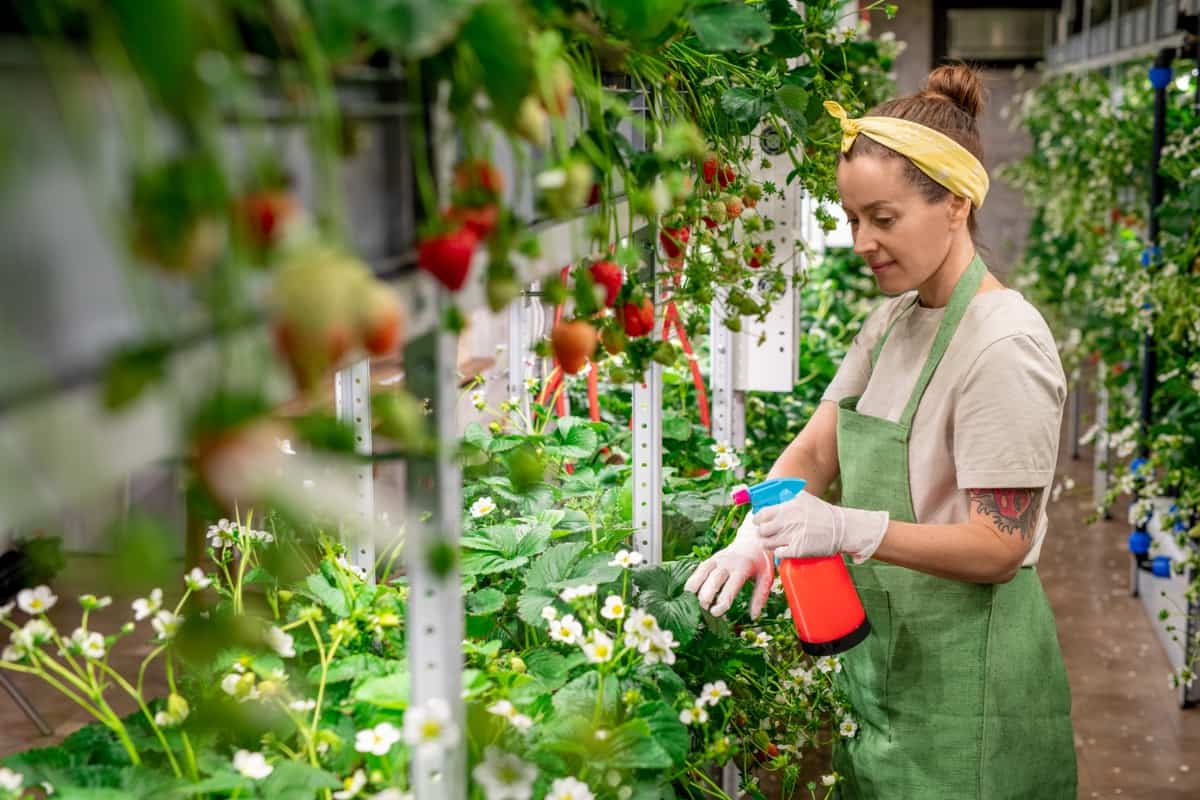
Effects of Lighting: Artificial lighting in vertical Farming affect plant response to pests and diseases. LED lighting can alter pest and pathogen behavior, influencing management approaches. Light quality also affects disease development, offering opportunities for disease control.
Plant Density: Optimizing plant density in vertical Farming impacts pest and disease management. Overcrowding must be balanced against maximizing crop yield and health.
Rotating Vertical Farming Systems: Rotating shelves aim to provide an even growth environment but bring new pest and disease management considerations. Automation in rotating systems can reduce disease spread through human labor.
Conclusion
Effective pest and disease management in vertical Farming is critical for sustainable food production. Innovations in biocontrol, AI, and sanitation offer promising solutions. Continued research is essential for optimizing practices and ensuring successful vertical farming ventures.
- Types of Pesticides Used in Agriculture: A Beginner’s Guide
- Economical Aquaculture: A Guide to Low-Budget Fish Farming
- 15 Common Planting Errors That Can Doom Your Fruit Trees
- How to Make Houseplants Bushy: Effective Tips and Ideas
- Innovative Strategies for Boosting Coconut Pollination and Yield
- Pollination Strategies for Maximum Pumpkin Yield
- The Complete Guide to Chicken Fattening: Strategies for Maximum Growth
- Natural Solutions for Tulip Problems: 100% Effective Remedies for Leaf and Bulb-Related Issues
- Revolutionizing Citrus Preservation: Towards a Healthier, Greener Future
- Natural Solutions for Peony Leaf and Flower Problems: 100% Effective Remedies
- Maximizing Profits with Avocado Contract Farming in India: A Comprehensive Guide
- Natural Solutions for Hydrangea Problems: 100% Effective Remedies for Leaf and Flowers
- The Ultimate Guide to Choosing the Perfect Foliage Friend: Bringing Life Indoors
- From Sunlight to Sustainability: 15 Ways to Use Solar Technology in Agriculture
- The Ultimate Guide to Dong Tao Chicken: Exploring from History to Raising
- The Eco-Friendly Makeover: How to Convert Your Unused Swimming Pool into a Fish Pond
- Mastering the Art of Delaware Chicken Farming: Essentials for Healthy Backyard Flocks
- 20 Best Homemade Fertilizers for Money Plant: DIY Recipes and Application Methods
- How to Craft a Comprehensive Free-Range Chicken Farming Business Plan
- Brighten Your Flock: Raising Easter Egger Chickens for Beauty and Bounty
- How to Optimize Your Poultry Egg Farm Business Plan with These Strategies
- Subsidy for Spirulina Cultivation: How Indian Government Schemes Encouraging Spirulina Farmers
- Ultimate Guide to Raising Dominique Chickens: Breeding, Feeding, Egg-Production, and Care
- Mastering the Art of Raising Jersey Giant Chickens: Care, Feeding, and More
- Ultimate Guide to Raising Legbar Chickens: Breeding, Farming Practices, Diet, Egg-Production
- How to Raise Welsummer Chickens: A Comprehensive Guide for Beginners
- How to Protect Indoor Plants in Winter: A Comprehensive Guide
- Ultimate Guide to Grow Bag Gardening: Tips, Tricks, and Planting Ideas for Urban Gardeners
- Guide to Lotus Cultivation: How to Propagate, Plant, Grow, Care, Cost, and Profit
- Agriculture Drone Subsidy Scheme: Government Kisan Subsidy, License, and How to Apply Online
- Ultimate Guide to Raising Araucana Chickens: Breed Profile, Farming Economics, Diet, and Care
- Bringing Hydroponics to Classroom: Importance, Benefits of Learning for School Students
- Ultimate Guide to Raising Polish Chickens: Breed Profile, Farming Economics, Diet, and Care
- Ultimate Guide to Raising Australorp Chickens: Profile, Farming Economics, Egg Production, Diet, and Care
- Silkie Chicken Farming: Raising Practices, Varieties, Egg Production, Diet, and Care
- Sussex Chicken Farming: Raising Practices, Varieties, Egg Production, Diet and Care
The compendium of projects you shared here is really appreciated because of it’s educational and research value It will stimulate anybody in needs of academic and pratlcal guidance.